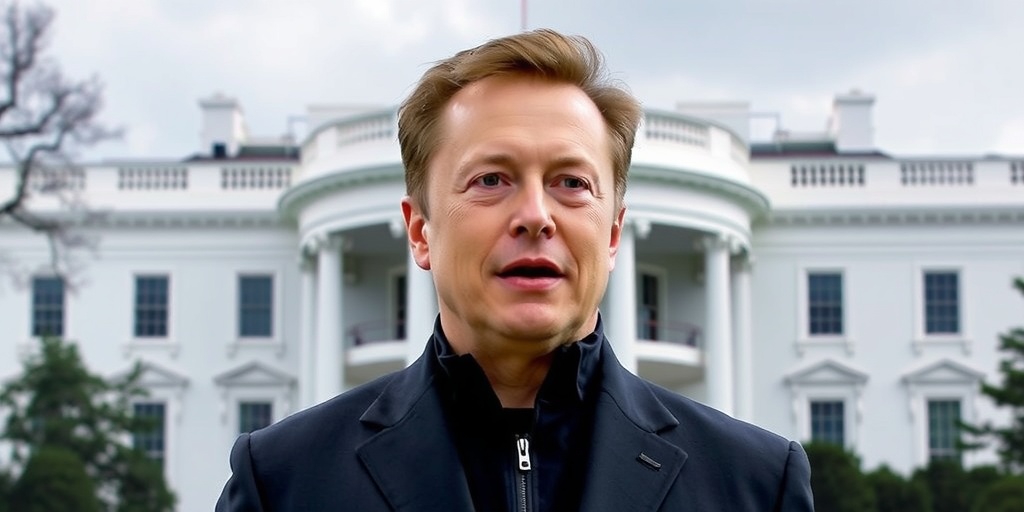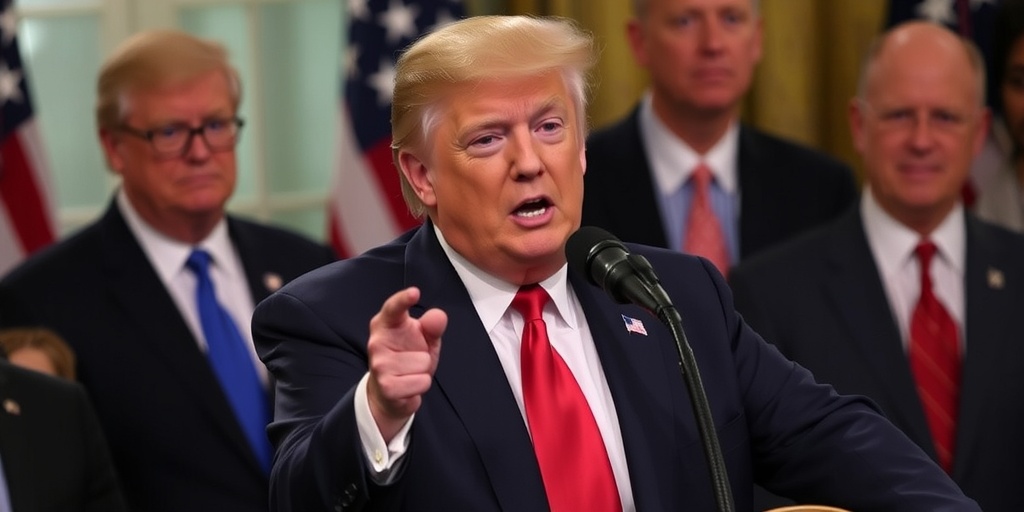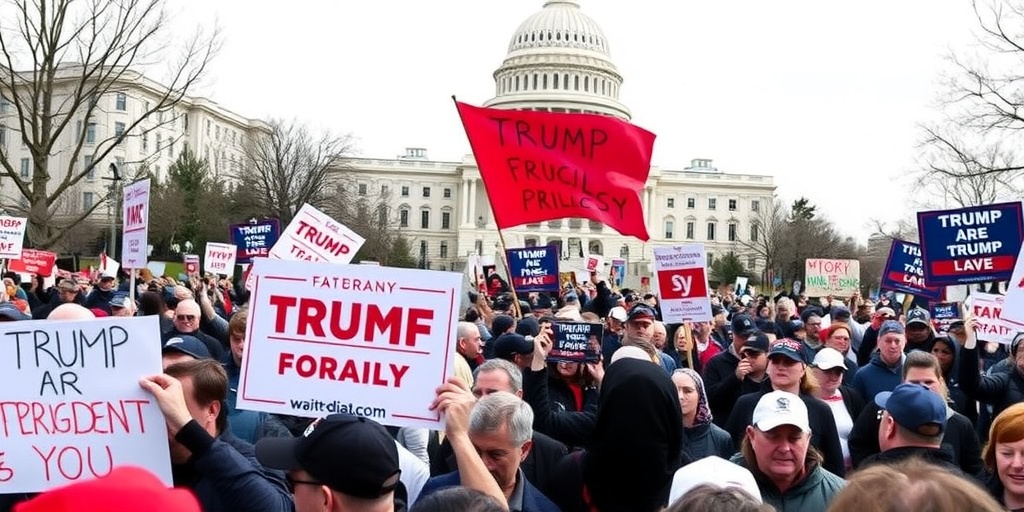Now Reading: White House: Elon Musk Not in Control of DOGE
-
01
White House: Elon Musk Not in Control of DOGE
White House: Elon Musk Not in Control of DOGE

The Uncertainty Surrounding the Department of Government Efficiency: Who is in Charge?
The establishment of the Department of Government Efficiency (DOGE) has made headlines recently, especially with the aura of mystery that surrounds its leadership. As former President Donald Trump initiated the formation of this cost-cutting entity on his first day in office, he hinted at the possibility of Elon Musk taking the helm. However, as the administration moves forward, questions regarding the actual leadership and structure of DOGE remain largely unanswered.
Initially, Trump publicly endorsed Musk as the potential leader of DOGE, stating that he would take on this significant role alongside Vivek Ramaswamy, who, however, has since distanced himself from the initiative. Nevertheless, the executive order that Trump signed to establish DOGE did not specify an administrator, leaving a vital gap in its framework. Specifically, Section 3(b) of the order clearly mentions: “There shall be a USDS Administrator established in the Executive Office of the President who shall report to the White House Chief of Staff.” Notably, DOGE stands for the United States DOGE Service, an initiative that is not officially recognized as a cabinet-level department, adding to the ambiguity surrounding its operations.
Adding to the intrigue, just last week, the White House remained unresponsive to multiple inquiries seeking clarity on who the administrator of DOGE actually is. This lack of information did not deter the ongoing discussion about Musk’s involvement. However, the situation took a definitive turn on Monday evening when a White House official, Joshua Fisher, clarified that Musk is not the DOGE Service Administrator. This assertion was made during a legal declaration presented to U.S. District Judge Tanya S. Chutkan, who is hearing a lawsuit involving Democratic attorneys general against Musk and the DOGE initiative.
Fisher provided more details, explaining that Musk operates as "an employee in the White House Office," but this does not extend to being part of the U.S. DOGE Service. The distinction is crucial, as it highlights that while Musk may have a visible role in the administration’s tech initiatives, he does not occupy the formal position of leadership within DOGE.
Despite Fisher’s clarification, Trump continues to promote Musk as the leading figure of DOGE. This misalignment between official statements and Trump’s portrayal contributes to a growing sense of opacity surrounding the initiative. In contrast, the predecessor to DOGE, the U.S. Digital Service, utilized a more transparent model, having well-known individuals in the role of administrators, such as recent appointee Mina Hsiang.
As speculation continues about who could effectively serve as DOGE’s administrator, two names stand out: Steve Davis and Brad Smith. Davis, Musk’s trusted associate for the past twenty years, has been responsible for overseeing daily operations linked to the administration’s efforts in Washington. Meanwhile, Smith, who served during Trump’s first term, has also played a critical role in the DOGE initiative, engaging closely with its strategic moves.
The executive order outlines a variety of responsibilities and powers assigned to the DOGE administrator, which include aiding agency heads in selecting their respective DOGE team members and spearheading a "Software Modernization Initiative" aimed at upgrading the federal government’s technological capabilities. Another executive order, released in conjunction with the first, further stipulates that the DOGE administrator will receive a monthly hiring report from each federal agency and is tasked with submitting a comprehensive report to Trump within 240 days to evaluate the initiative’s implementation.
However, the identity of the author behind this forthcoming report remains unclear, compounding the uncertainty enveloping DOGE. As the initiative strives to enhance governmental efficiency and cuts down on unnecessary spending, the lack of a transparent leadership structure raises concerns about accountability and direction.
The ongoing ambiguity regarding who truly runs the Department of Government Efficiency reflects broader implications for government reform and operational efficiency. The public and even government officials are left seeking clarity on how this initiative will unfold, particularly in terms of leadership, accountability, and the tangible impact of DOGE’s mission.
In conclusion, while the concept of government efficiency is compelling and necessary, the current lack of transparent leadership within DOGE poses significant challenges. As more information emerges, stakeholders and the public will be keen to see whether the promises of reform translate into real-world improvements in government efficiency and accountability.
Stay Informed With the Latest & Most Important News
Previous Post
Next Post
-
 01New technology breakthrough has everyone talking right now
01New technology breakthrough has everyone talking right now -
 02Unbelievable life hack everyone needs to try today
02Unbelievable life hack everyone needs to try today -
 03Fascinating discovery found buried deep beneath the ocean
03Fascinating discovery found buried deep beneath the ocean -
 04Man invents genius device that solves everyday problems
04Man invents genius device that solves everyday problems -
 05Shocking discovery that changes what we know forever
05Shocking discovery that changes what we know forever -
 06Internet goes wild over celebrity’s unexpected fashion choice
06Internet goes wild over celebrity’s unexpected fashion choice -
 07Rare animal sighting stuns scientists and wildlife lovers
07Rare animal sighting stuns scientists and wildlife lovers





















